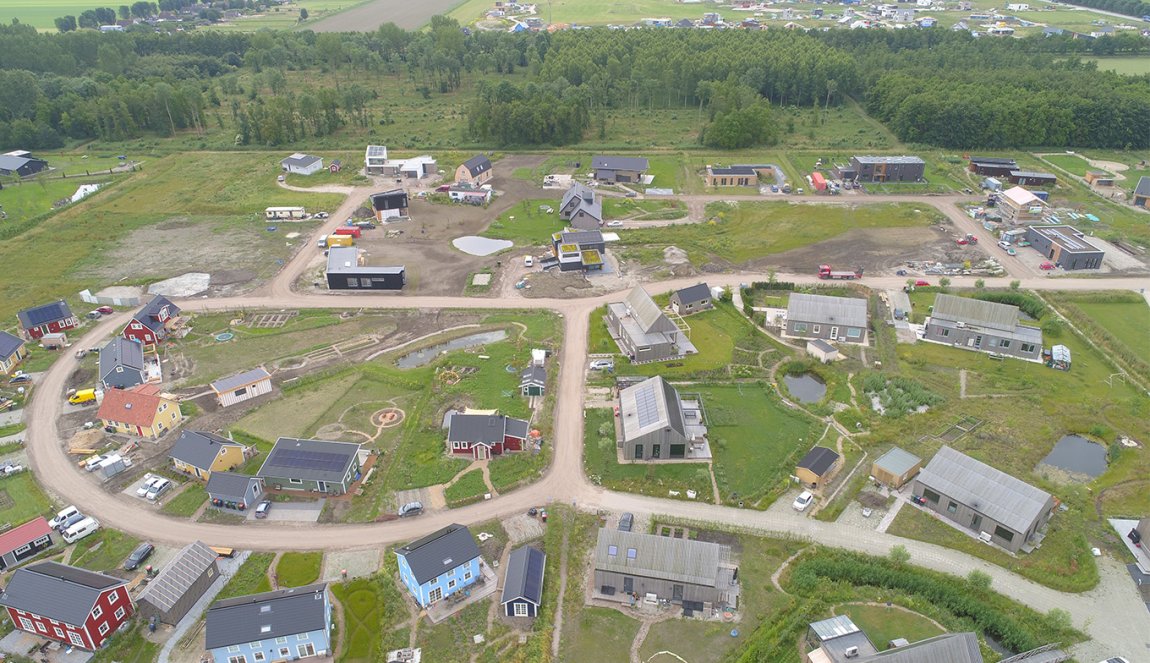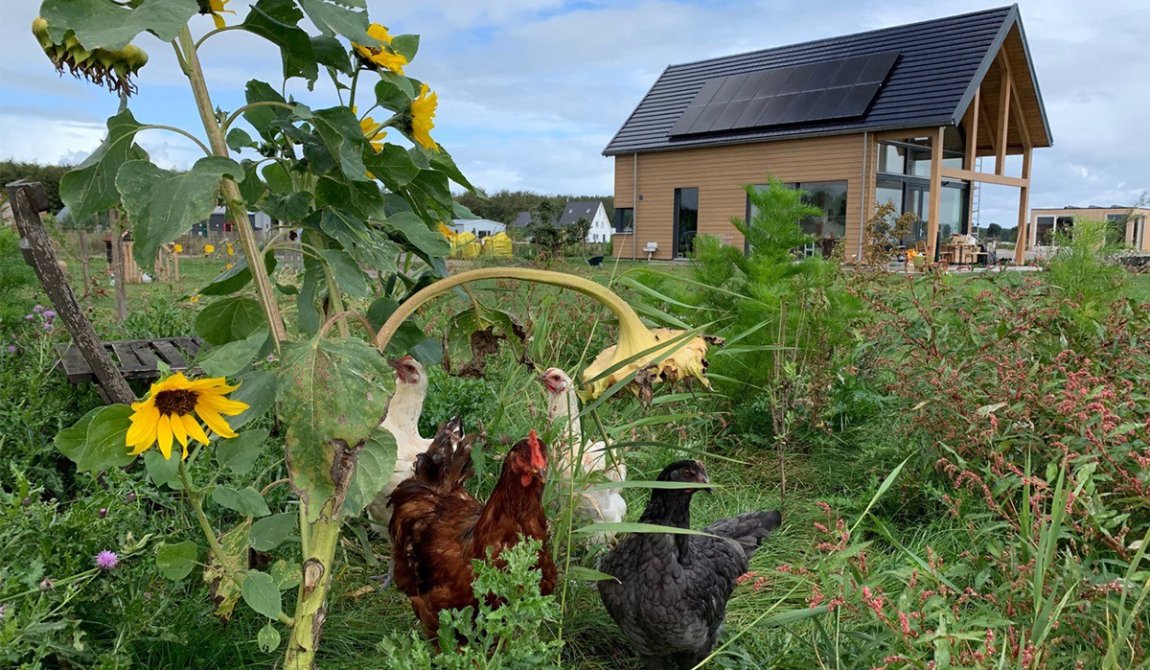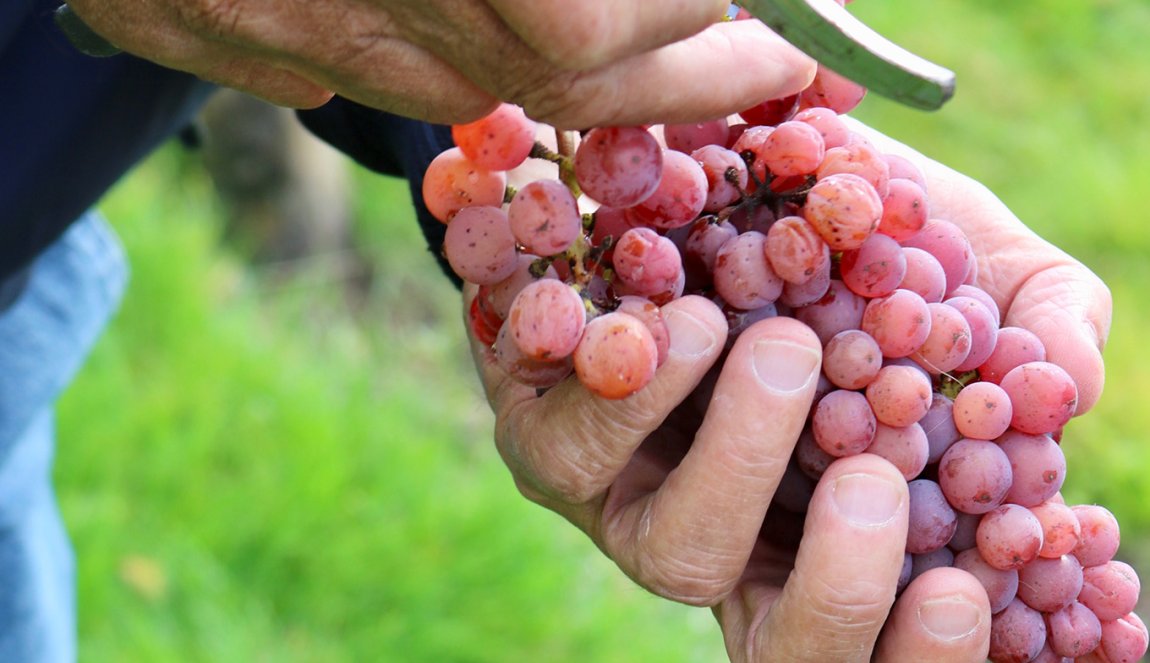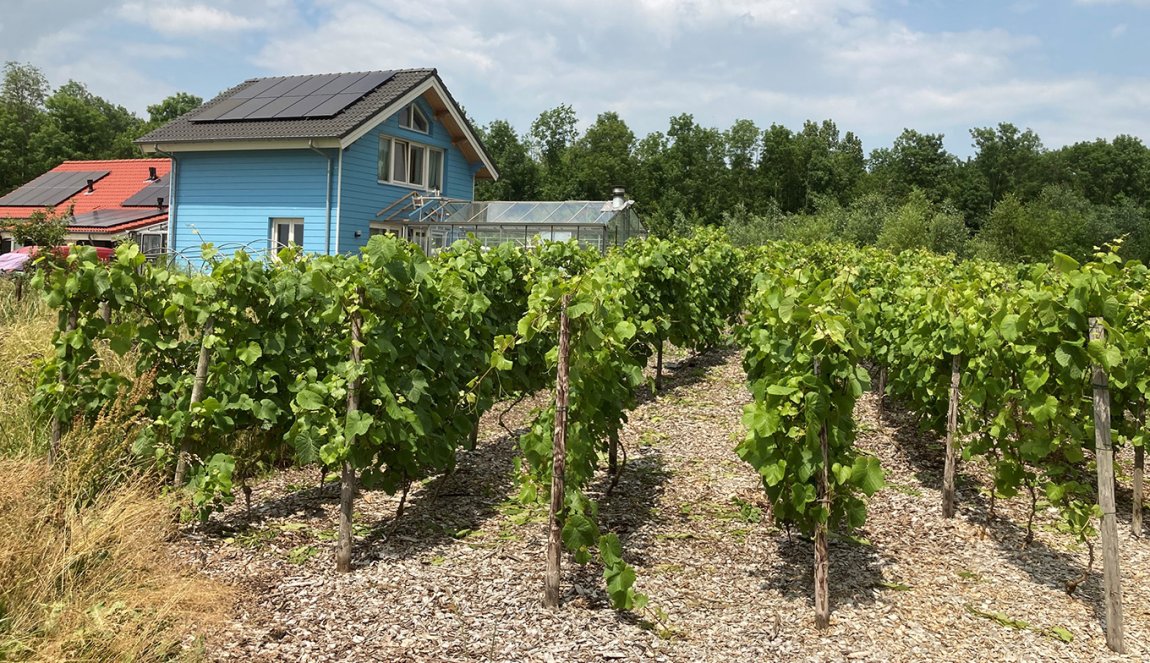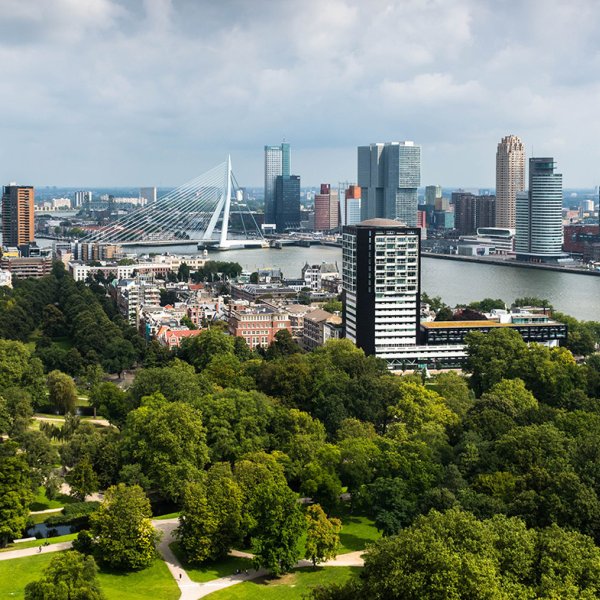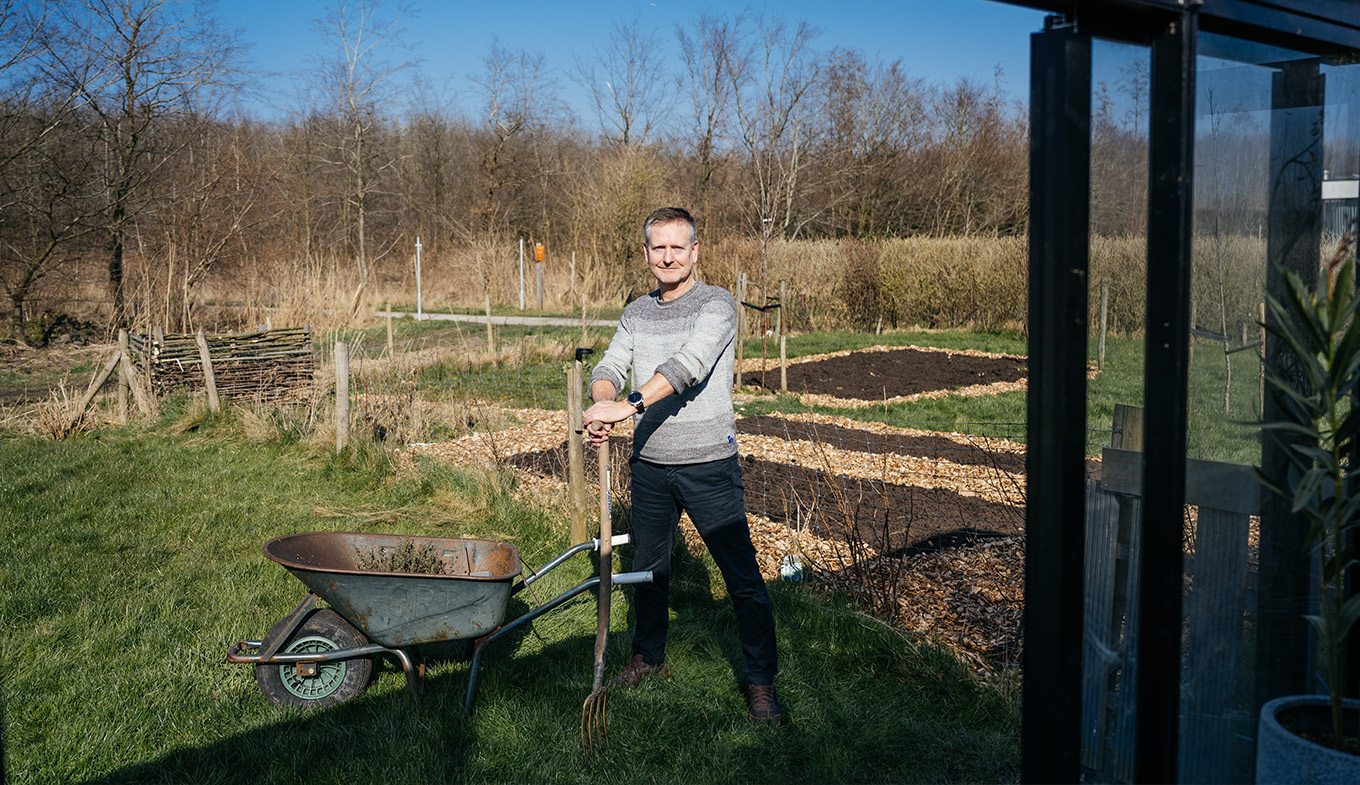
Jan-Albert has big ambitions for urban agriculture
Bring yourself, Jan-Albert will do the same
Jan-Albert Blaauw is 56 years old. He is the chairman of the Coöperatie Stadslandbouw Oosterwold in Almere.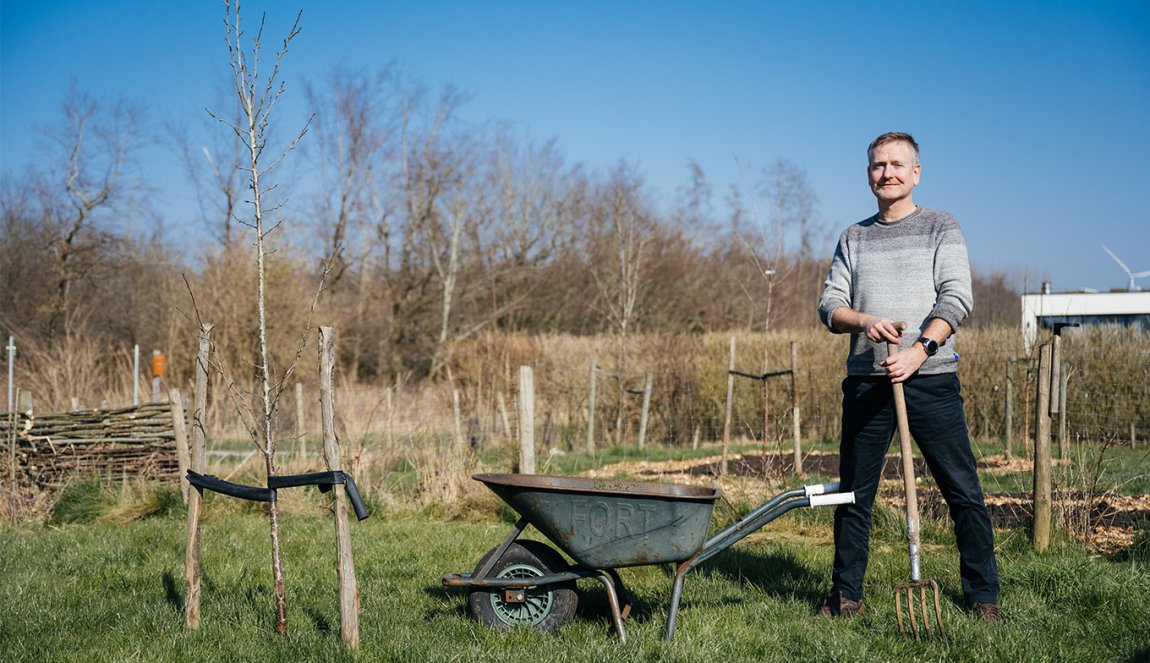
Jan-Albert Blaauw
“What’s happening here is pretty unique. Nowhere else in the world will you find a project where 15,000 people commit themselves to using half of their land to grow food for themselves and their community,” says Jan-Albert, now chairman of the Coöperatie Stadslandbouw Oosterwold (an urban farming cooperative).
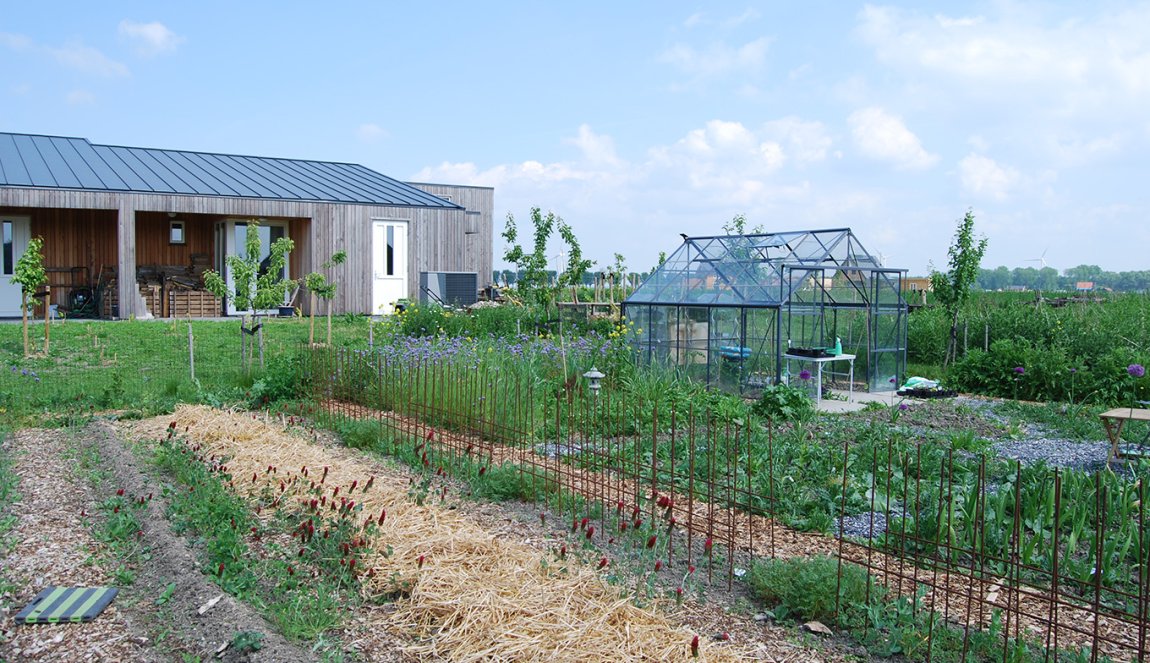
Self-build district with compulsory urban farming
We call Oosterwold the largest urban farming project in the world. The idea itself is unique.
The cooperative: the road to the future
The largest urban farming project in the world
In the future, when the entire area has been developed and built-on, all those private gardens combined will comprise no less than 1,800 hectares (approximately 4,400 acres) that can be used for food production. “We call Oosterwold the largest urban farming project in the world. The idea itself is unique. And the way in which we ensure that future flows of food will actually find their way from people's gardens to the city, is something you don't see abroad. Our ambition is to be able to produce for the market, albeit geared towards Almere and the region, because it is also about sustainability and short food chains. In principle, we should be able to fill at least 10 percent of Almere's food basket with this project!”
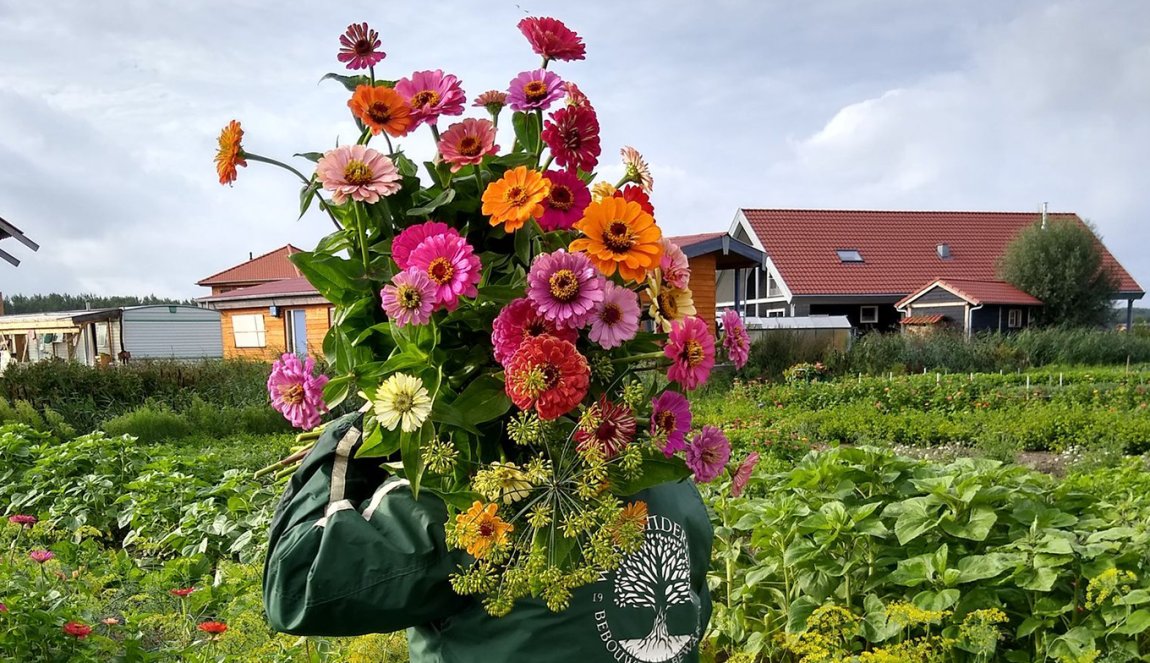
Where do you see the Netherlands in 10 years?
With the pioneering spirit and stubbornness of a true Oosterwolder, Jan-Albert is optimistic and ambitious about the future. “In 10 years' time, the cooperative in Oosterwold will have its own center, a shop with our own products, and we will be distributing food from about 1,000 to 1,500 members. We will even have paid employees at the cooperative,” he predicts. He also expects delegations from other Dutch municipalities to visit to find out how they can get started with urban farming in their own city or region. “In ten years, there may be five other places like Oosterwold in the Netherlands.”
